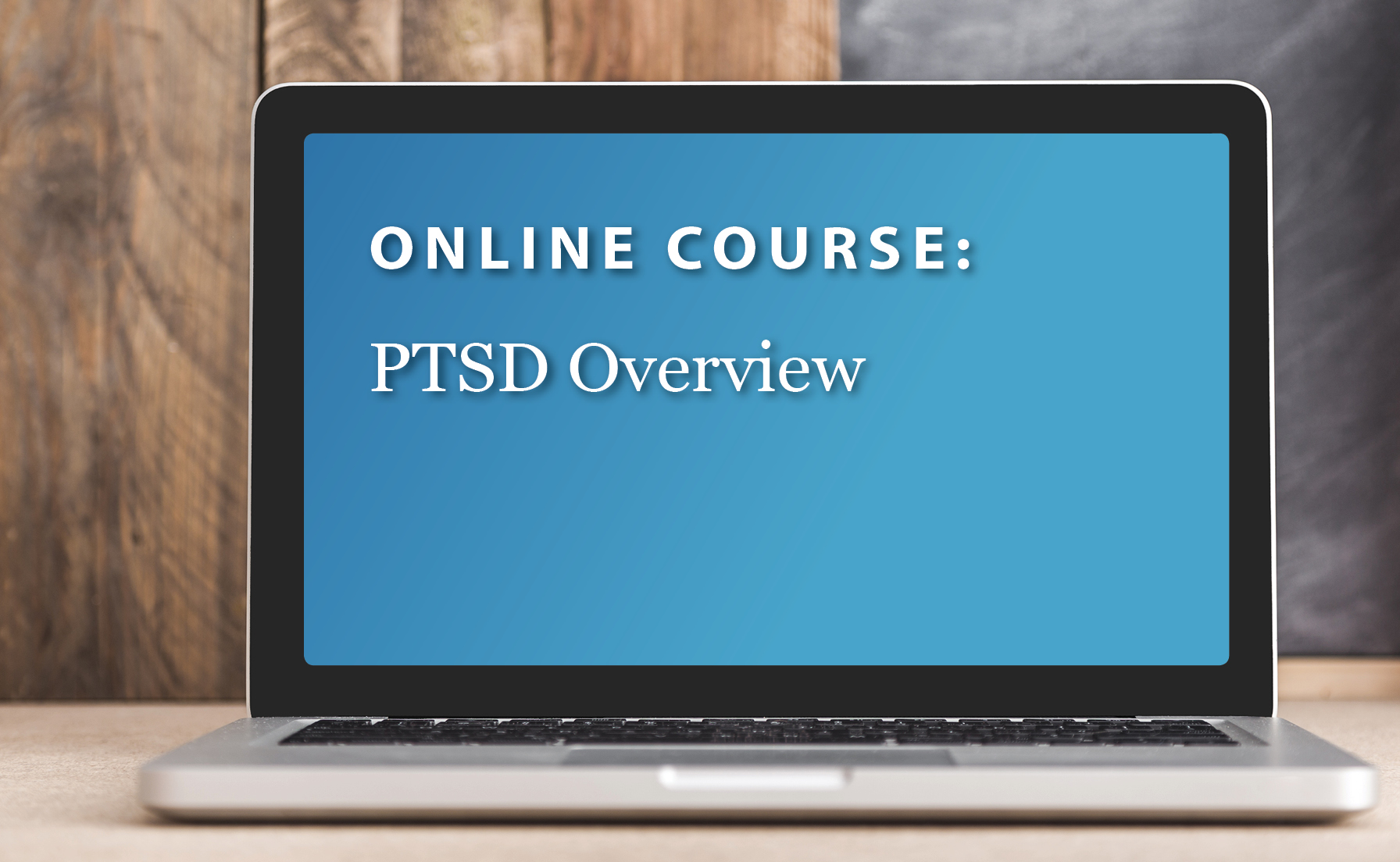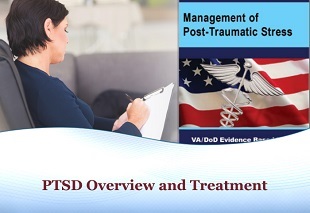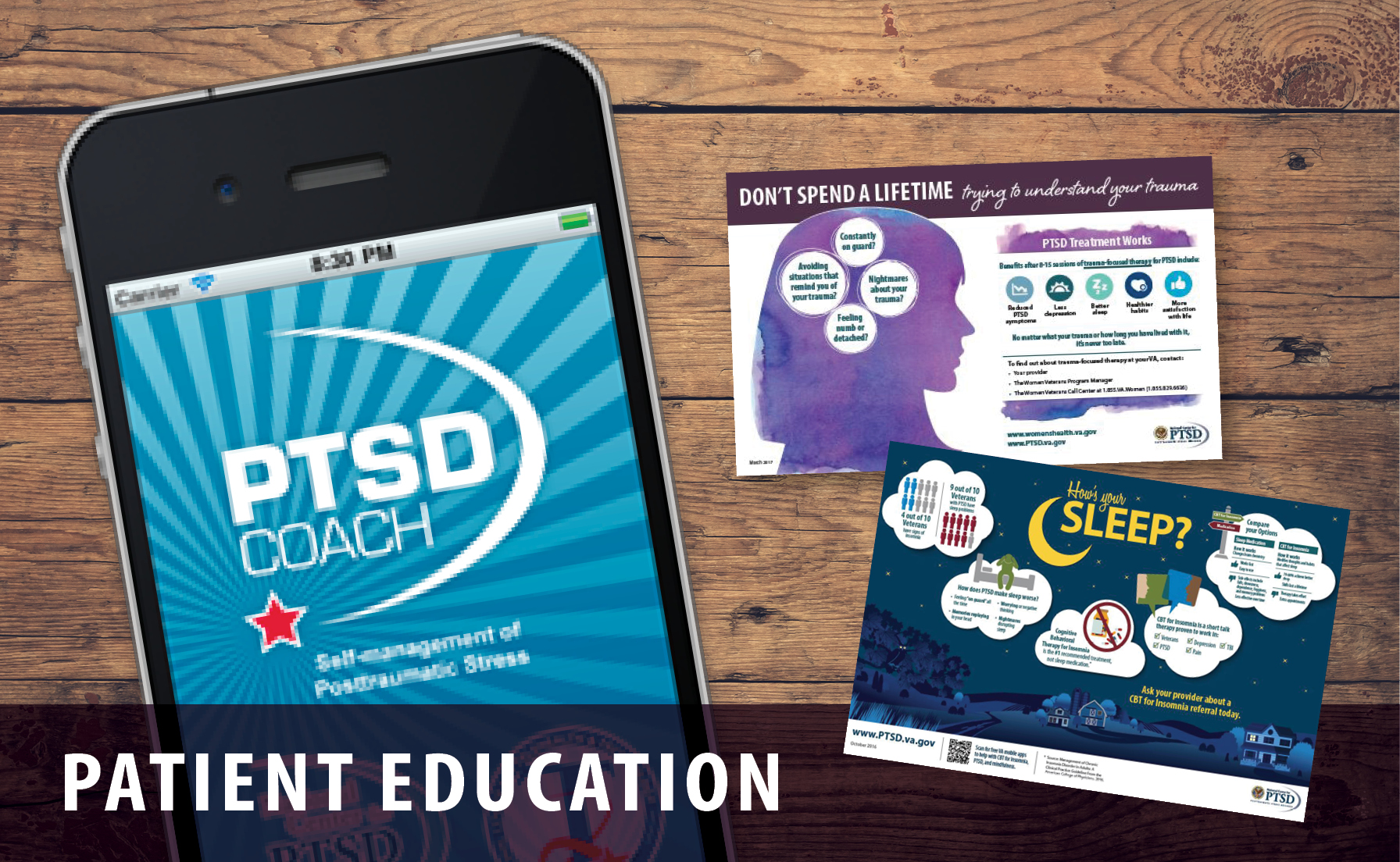PTSD and DSM-5
PTSD and DSM-5
In 2013, the American Psychiatric Association revised the PTSD diagnostic criteria in the 5th edition of its Diagnostic and Statistical Manual of Mental Disorders (DSM-5; 1). PTSD was included in a new category in DSM-5, Trauma- and Stressor-Related Disorders. All conditions included in this classification require exposure to a traumatic or stressful event as a diagnostic criterion. DSM-5-TR was published in March 2022 to include scientific advances since the release of DSM-5. No changes were made to the PTSD diagnostic criteria for adults in this update (2).
For a review of the DSM-5 changes to the criteria for PTSD, including resources for DSM-5-TR updates, see the American Psychiatric Association website on educational resources for DSM-5 and DSM-5-TR.
In This Article
DSM-5 Criteria for PTSD
Full copyrighted criteria are available from the American Psychiatric Association (2). All of the criteria are required for the diagnosis of PTSD. The following text summarizes the diagnostic criteria:
Criterion A (1 required): The person was exposed to: death, threatened death, actual or threatened serious injury, or actual or threatened sexual violence, in the following way(s):
- Direct exposure
- Witnessing the trauma
- Learning that the trauma happened to a close relative or close friend
- Indirect exposure to aversive details of the trauma, usually in the course of professional duties (e.g., first responders, medics)
Criterion B (1 required): The traumatic event is persistently re-experienced, in the following way(s):
- Unwanted upsetting memories
- Nightmares
- Flashbacks
- Emotional distress after exposure to traumatic reminders
- Physical reactivity after exposure to traumatic reminders
Criterion C (1 required): Avoidance of trauma-related stimuli after the trauma, in the following way(s):
- Trauma-related thoughts or feelings
- Trauma-related reminders
Criterion D (2 required): Negative thoughts or feelings that began or worsened after the trauma, in the following way(s):
- Inability to recall key features of the trauma
- Overly negative thoughts and assumptions about oneself or the world
- Exaggerated blame of self or others for causing the trauma
- Negative affect
- Decreased interest in activities
- Feeling isolated
- Difficulty experiencing positive affect
Criterion E (2 required): Trauma-related arousal and reactivity that began or worsened after the trauma, in the following way(s):
- Irritability or aggression
- Risky or destructive behavior
- Hypervigilance
- Heightened startle reaction
- Difficulty concentrating
- Difficulty sleeping
Criterion F (required): Symptoms last for more than 1 month.
Criterion G (required): Symptoms create distress or functional impairment (e.g., social, occupational).
Criterion H (required): Symptoms are not due to medication, substance use or other illness.
Two specifications:
- Dissociative Specification. In addition to meeting criteria for diagnosis, an individual experiences high levels of either of the following in reaction to trauma-related stimuli:
- Depersonalization. Experience of being an outside observer of or detached from oneself (e.g., feeling as if "this is not happening to me" or one were in a dream).
- Derealization. Experience of unreality, distance, or distortion (e.g., "things are not real").
- Delayed Specification. Full diagnostic criteria are not met until at least 6 months after the trauma(s), although onset of symptoms may occur immediately.
Note: DSM-5 introduced a preschool subtype of PTSD for children ages six years and younger.
How Do the DSM-5 PTSD Symptoms Compare to DSM-IV Symptoms?
Overall, the symptoms of PTSD are generally comparable between DSM-5 and DSM-IV. With no changes to the diagnostic criteria in DSM-5-TR, the comparison below remains unchanged. A few key alterations include:
- The revision of Criterion A1 in DSM-5 narrowed qualifying traumatic events such that the unexpected death of family or a close friend due to natural causes is no longer included.
- Criterion A2, requiring that the response to a traumatic event involved intense fear, hopelessness, or horror, was removed from DSM-5. Research suggests that Criterion A2 did not improve diagnostic accuracy (2).
- The avoidance and numbing cluster (Criterion C) in DSM-IV was separated into 2 criteria in DSM-5: Criterion C (avoidance) and Criterion D (negative alterations in cognitions and mood). This results in a requirement that a PTSD diagnosis includes at least one avoidance symptom.
- Three new symptoms were added:
- Criterion D (Negative thoughts or feelings that began or worsened after the trauma): Overly negative thoughts and assumptions about oneself or the world; and, negative affect
- Criterion E (Trauma-related arousal and reactivity that began or worsened after the trauma): Reckless or destructive behavior
Continuing Education
PTSD Overview and Treatment
The course describes the DSM-5 diagnostic criteria for PTSD and evidence-based treatments. Videos of Veterans with PTSD and clinicians are included.
What Are the Implications of the DSM-5 and DSM-5-TR Revisions on PTSD Prevalence and Diagnostic Issues?
Changes in the diagnostic criteria have minimal impact on prevalence. National estimates of PTSD prevalence suggest that DSM-5 rates were only slightly lower (typically about 1%) than DSM-IV for both lifetime and past-12 month (4). When cases met criteria for DSM-IV, but not DSM-5, this was primarily due the revision excluding sudden unexpected death of a loved one from Criterion A in the DSM-5. The other reason was a failure to have one avoidance symptom. When cases met criteria for DSM-5, but not DSM-IV, this was primarily due to not meeting DSM-IV avoidance/numbing and/or arousal criteria (4). Research also suggests that similarly to DSM-IV, prevalence of PTSD for DSM-5 was higher among women than men and increased with multiple traumatic event exposure (4).
The DSM-5-TR updates include summarizations of cultural factors, such as type of traumatic exposure or sociocultural context, that may influence the development and clinical expression of PTSD (2).
References
- American Psychiatric Association. (2013). Diagnostic and statistical manual of mental disorders (5th ed.). https://doi.org/10.1176/appi.books.9780890425596
- American Psychiatric Association. (2022). Diagnostic and statistical manual of mental disorders (5th ed, text rev.) https://doi.org/10.1176/appi.books.9780890425787
- Friedman, M. J., Resick, P. A., Bryant, R. A., & Brewin, C. R. (2011). Considering PTSD for DSM-5. Depression & Anxiety, 28(9), 750-769. https://doi.org/10.1002/da.20767
- Kilpatrick, D. G., Resnick, H. S., Milanak, M. E., Miller, M. W., Keyes, K. M., & Friedman, M. J. (2013). National estimates of exposure to traumatic events and PTSD prevalence using DSM-IV and DSM-5 criteria. Journal of Traumatic Stress, 26(5), 537-547. https://doi.org/10.1002/jts.21848
You May Also Be Interested In

PTSD 101: PTSD Overview
This PTSD 101 online course describes the DSM-5 diagnostic criteria, risk factors, and evidence-based treatments for PTSD.


























